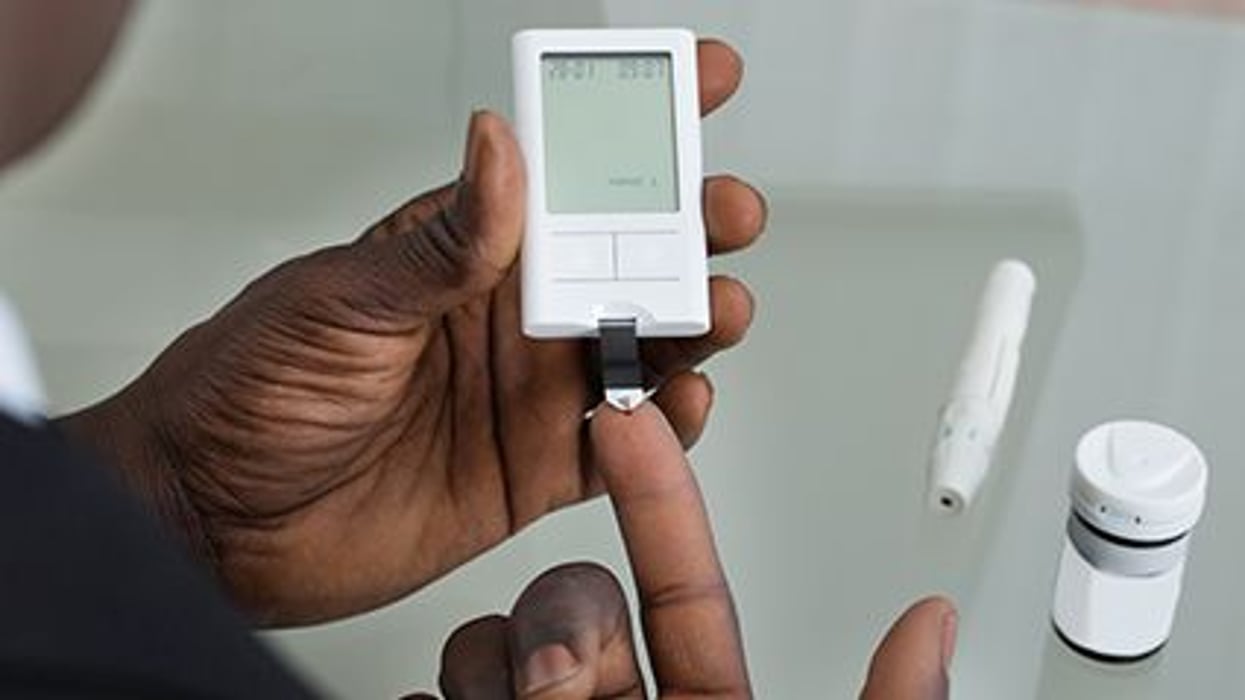Do You Live in a ‘Hot Spot’ for Diabetes Complications?

MONDAY, June 13, 2022 (HealthDay News) -- Texas and Florida are big U.S. centers for Americans dealing with short- and long-term diabetes complications, a new study shows.
The findings could help direct support to people who need it the most, according to the researchers.
"Our analysis has enabled us to create a map of the United States that showcases hot spots of different diabetes complications and any demographic information associated with these areas," said study leader Jacques Lowe, a medical student with a focus on diabetes at Carle Illinois College of Medicine in Champaign.
Common diabetes health complications include heart disease, chronic kidney disease, nerve damage, and problems with feet, vision and oral health.
Lowe and his colleagues culled information from Medicare and other public databases on diabetes complications in more than 3,000 U.S. counties. The researchers fed the data into geospatial analysis software, which revealed high long-term diabetes complication rates in counties in Florida and Texas.
In contrast, counties in the West and Great Plains had low rates of long-term diabetes complications, according to findings presented Sunday at a meeting of the Endocrine Society, in Atlanta and online.
Research presented at meetings is typically considered preliminary until published in a peer-reviewed journal.
Short-term complication rates were highest in Florida and Texas, as well as in some areas of the West Coast.
Compared to cold spots, hot spots had higher percentages of Hispanic diabetes patients and Black patients and were more common densely populated areas, researchers found.
"Our hope is that by using these findings as a guide we can better concentrate our support to mitigate the complications of diabetes in these populations," Lowe said in a meeting news release.
The results suggest that certain regions and groups of Americans are at increased risk for diabetes complications.
"Our research team is making strides to better understand the regions and populations most affected by diabetes so we can help those most in need," Lowe said.
More information
Learn how to prevent diabetes complications at the U.S. Centers for Disease Control and Prevention.
SOURCE: Endocrine Society, news release, June 11, 2022
Related Posts
Smartphone System Can Assess Blood Clotting From Single Drop
MONDAY, Feb. 14, 2022 (HealthDay News) -- A micro-mechanical clot detection...
Pregnancy Complications Linked to Higher Stroke Risk for Women
MONDAY, May 22, 2023 (HealthDay News) -- Women who’ve had certain pregnancy...
Interventions Can Improve Administration of VTE Prophylaxis
MONDAY, Oct. 3, 2022 (HealthDay News) -- An electronic alert-triggered,...
